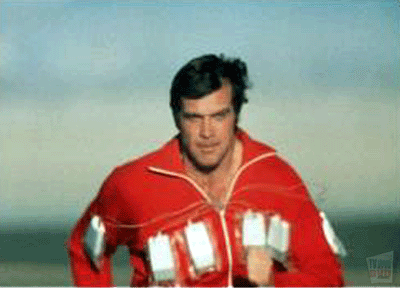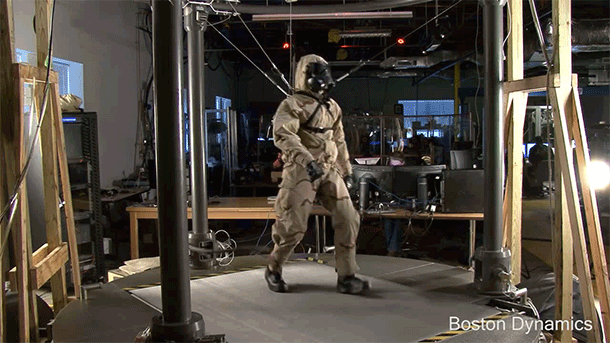Initially, heart pacemakers were as big as ovens and external. Soon enough, they shrunk and found a home inside our bodies. Right now, most non-drug performance-enhancement methods are similarly external hardware, but they too will have their day to move within.
One example of that exterior computing power now being used to help athletes train smarter and perform better is IBM’s Watson, in one of its many post-Trebek roles. From Dominic Basulto at the Washington Post:
ORRECO, which has been working with the Oregon Track Club for more than six years and which recently joined the growing IBM Watson ecosystem, will teach Watson how to combine physiological test data, biomarker data, and data on nutrition and sleep into an individualized training program that the Oregon Track Club can use to optimize the schedules and performance of its runners. In addition, Coach Watson will be able to analyze the latest research findings from medical journals.
In doing so, Coach Watson will help to answer questions like “how hard” or “how long” a workout should be, whether an athlete experiencing fatigue should lower the intensity of workouts or take a few days off to recover, and how to optimize sleep schedules around travel. Coach Watson might also be able to spot signs of an upcoming injury weeks in advance through the continuous monitoring of biomarker data (e.g. an iron deficiency in the blood).
It’s still a work in progress — ORRECO chief executive Brian Moore told me that Watson is still a “junior coach coming up through the ranks” — but based on Watson’s previous success at extracting unexpected relationships from the data and proven ability to do trade-off analysis – there’s definitely potential for Coach Watson to provide an extra layer of knowledge for coaches.•




